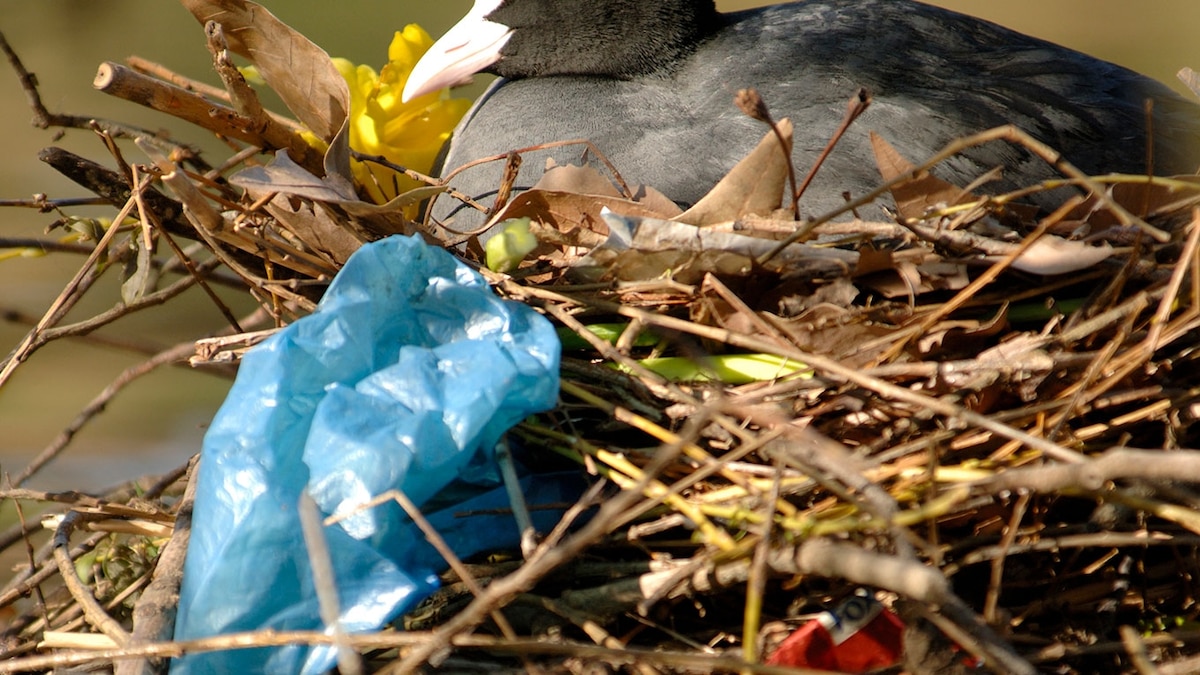Now Reading: How Birds Are Documenting Humanity’s Litter, One Wrapper at a Time
-
01
How Birds Are Documenting Humanity’s Litter, One Wrapper at a Time
How Birds Are Documenting Humanity’s Litter, One Wrapper at a Time

Rapid Summary
- Coots, black waterbirds with large feet, have adapted to life in Amsterdam’s urban canals sence the 1980s, using plastic waste for building nests.
- A recent study analyzed 30 years of accumulated plastic trash in coot nests. Items ranged from a Mars bar wrapper from the 1994 World Cup to face masks from the COVID era.
- Scientists examined trash layers to study both bird behaviors and human socio-environmental trends, with McDonald’s wrappers and disposable packaging dominating.
- The research highlights broader global phenomena where birds integrate human-generated plastic waste into nesting practices, dating back to the mid-20th century.
- Concerns were raised about risks posed by plastic nests, including entanglement, ingestion of harmful materials, and chemical exposure that might impact bird health or reproduction.
- Researchers argue thes “plastic archives” also provide unique insights into human environmental habits during the Anthropocene.
!Coot chick in nest built using plastic.
Photograph by Victoria Jones/getty Images
Indian Opinion Analysis
India faces similar challenges regarding urbanization and its impact on wildlife behavior. As cities grow denser and pollution levels rise globally-including in Indian metropolises-this study underlines critical lessons: how species adapt to anthropogenic environments might potentially be innovative but not necessarily beneficial. The integration of plastics reflects deep ecological repercussions.For India specifically-where rivers like Ganga routinely collect substantial amounts of discarded plastics-the urgency for stricter waste management policies cannot be overstated. Like Amsterdam’s coots adapting thier habitat through harmful materials available around them, Indian aquatic ecosystems face threats that go beyond biodiversity loss; it tarnishes cultural landmarks tied closely to natural landscapes.
this research could inspire similar studies locally-to explore wildlife adaptation amid increasing pollution-and push forward efforts toward cleaner urban environments while safeguarding natural habitats.























